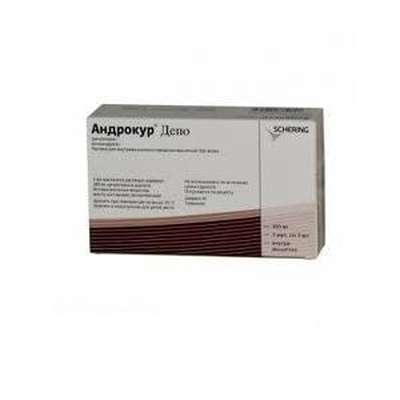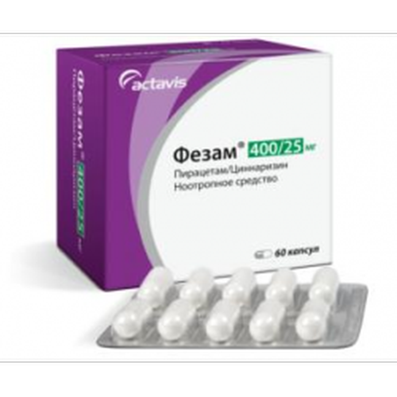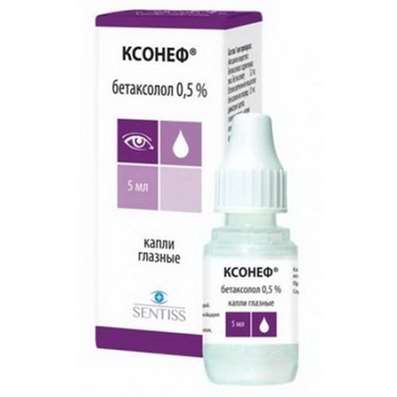Amoxapine
09 Jan 2017
Pharmacological group: tetracyclic antidepressants
Systematic (IUPAC) name: 2-chloro-11- (piperazin-1-yl) dibenzo [b, f] [1,4] oxazepine
Trade names: Asendin, Asendis, Defanyl, Demolox
Legal status: available only by prescription
Application: oral
Bioavailability:> 60%
Protein binding: 90%
Metabolism: liver (cytochrome P450)
Half-life: 8-10 hours (30 hours for the main active metabolite)
Isolation: the kidney (60%) and faeces (18%)
Formula: C17H16ClN3O
Mol. weight: 313.781 g / mol
Amoxapine - tetracyclic antidepressant family of CR gas, but the drug is often classified as tricyclic antidepressants - secondary amines. Amoxapine is N-demethylated metabolite of loxapine. The drug was approved for sale in the United States in 1992 year (the approximately 30-40 years after the onset of most other tricyclic antidepressants in the US).
Medical use
Amoxapine is used in the treatment of major depressive disorder. Compared with other antidepressants, it has a rapid onset of action, with its therapeutic effects occur within four to seven days. Over 80% of patients responding to therapy amoxapine, according to the manifestation of the effect within two weeks of starting treatment. The drug also has properties similar to atypical antipsychotics, and can be used off-label for the treatment of schizophrenia. Despite the apparent lack of extrapyramidal side effects in schizophrenia patients, it was found that the drug causes worsening of motor symptoms of Parkinson's disease with psychotic patients.
Lactation
The use amoxapine if breastfeeding is not recommended because the drug is released in breast milk, and its concentration in breast milk is approximately one quarter of the maternal serum.
Side effects of Amozapine
Very common (> 10% of cases) side effects include: constipation; mouth dryness; sedation
Common (1-10% of cases) side effects include: anxiety; ataxia; blurred vision; confusion; dizziness; headache; fatigue; nausea; nervousness / restlessness; excessive appetite; rash; increased sweating; (sweating); tremor; heartbeat; nightmares; excitement; weakness; ECG changes; edema - an abnormal accumulation of fluid in body tissues, resulting in swelling; increased prolactin levels.
Prolactin - a hormone that regulates the production of breast milk. The increase in prolactin level is not as significant as with risperidone or haloperidol.
rare (<1%) side effects include: diarrhea; flatulence; Hypertension (high blood pressure); hypotension (low blood pressure); syncope (loss of consciousness); tachycardia (high heart rate); irregular menstruation; mydriasis (pupil dilation); orthostatic hypotension (drop in blood pressure that occurs when standing up); convulsions; urinary retention (inability to urinate); urticaria (hives); vomiting; nasal congestion; photosensitization; hypomania (agitation / irritability); tingling in extremities; paresthesias in extremities; tinnitus; disorientation; numbness; reduced coordination; decreased concentration; gastric discomfort; strange taste in the mouth; increased or decreased libido; Impotence (difficulty in achieving an erection); painful ejaculation; lacrimation (tears, without emotional reasons); weight gain; changes in liver function; breast augmentation; drug fever; itch; vasculitis (disorder in which the blood vessels are destroyed by inflammation). It can be life-threatening if the blood vessels affects the right.As well as: galactorrhea (lactation not associated with pregnancy or breastfeeding); urinary retention; pyrexia (fever); antidiuretic hormone (SIADH) syndrome of inappropriate secretion is mainly observed with increasing levels of ADH, which regulates the water retention and vasoconstriction. This syndrome can be potentially fatal, as it can cause electrolyte changes, including hyponatremia (low sodium levels in the blood), hypokalemia (low potassium levels in the blood) and hypocalcaemia (low blood calcium), which can be life-threatening.
Agranulocytosis - reduction in the number of white blood cells. White blood cells are the immune system cells that fight invading cells. Consequently, in agranulocytosis human body loses protection from dangerous infections.
Leukopenia - same as agranulocytosis, but less severe.
Neuroleptic malignant syndrome (a potentially fatal reaction to antidopaminergic agents, most antipsychotics. It is characterized by hyperthermia, diarrhea, tachycardia, mental status changes [for example, confusion of consciousness], muscle rigidity, extrapyramidal side effects)
Tardive dyskinesia - often irreversible neurological reactions to andidopaminergicheskoe treatment is characterized by involuntary movements of the muscles of the face, tongue, lips, and other muscles. It develops most often only after a long period (months, years or even decades) application antidopaminergic agents.
Extrapyramidal side effects. Motor symptoms such as tremor, parkinsonism, involuntary movements, reduced ability of control voluntary muscles, etc.
Preparation produces less anticholinergic, sedative effects and causes a minimal increase in weight than some of the older tricyclic antidepressants (for example amitriptyline, clomipramine, doxepin, imipramine and trimipramine). It may also be less cardiotoxic than its predecessors.
Contraindications
As with all antidepressants approved by the FDA, the drug could potentially increase the risk of suicidal thoughts or behavior in children, adolescents and young people aged up to 25 years. Its use is not recommended in patients with known hypersensitivity to amoxapine oral or other ingredients of the formula. Its use is not recommended in the presence of the following disease states:
- -severe cardiovascular disease (potential cardiotoxic side effects, such as prolongation of the QT interval)
- -uncorrected angle-closure glaucoma
- - acute myocardial syndrome
Its use is not recommended in patients applying monoamine oxidase inhibitors simultaneously or within 14 days prior to application of amoxapine and in persons taking drugs that prolong the interval QT (e.g., ondansetron, citalopram, pimozide, sertindole, ziprasidone, haloperidol, chlorpromazine, thioridazine etc.).
Overdose
The substance is considered to be particularly toxic in overdose. Its use is associated with a high risk of renal failure (develops within 2-5 days), rhabdomyolysis, coma, seizures, and even status epilepticus. Some believe that the material is less cardiotoxic in overdose than other tricyclic antidepressants, although there is evidence of cardiotoxicity overdoses.
Pharmacodynamics
Amoxapine has a wide spectrum of pharmacological effects. It is the average of the serotonin reuptake inhibitor and a potent inhibitor of norepinephrine reuptake, and also binds to the 5-HT2A, 5-HT2B, 5-HT2C, 5-HT3, 5-HT6, 5-HT7, D2, α1-adrenoceptors, D3, D4 and H1-receptors with varying but significant, affinity, acting as an antagonist (or inverse agonist, depending on the type of receptor) in all areas. It has a weak affinity for the dopamine transporter and 5-HT1A, 5-NT1V, D1, α2-adrenoceptors, H4, mACh and GABA receptors, and has no affinity for the β-adrenoceptor or allosteric site on the GABAA receptor benzodiazepine. 7-hydroxy-amoxapine, the main active metabolite of amoxapine, a more potent antagonist of dopamine receptors and promotes its antipsychotic effects, while 8-gidroksiamoksapin inhibits norepinephrine reuptake, but more potent inhibitor of serotonin reuptake and helps balance ratio amoxapine serotonin blockaded noradrenaline transporter.
Pharmacokinetics
Amoxapine metabolized in two major active metabolite, 7-hydroxy-amoxapine and 8-hydroxy-amoxapine.
Trade marks
Trademarks amoxapine include:
Adisen (South Korea)
Amolife (India)
Amoxan (Japan)
Amoxapine (in the US at present time are only generic)
Asendin † (previously placed on the market in Canada, New Zealand, United States)
Asendis † (previously released on the market in Ireland, UK)
Défanyl (France)
Demolox (Denmark, India, Spain)
Oxamine (India)
Oxcap (India)
Availability
Amoxapine is indicated for use in the treatment of agitated depression and depressive-paranoid states, as well as anxiety within the neurotic and reactive depression.

 Cart
Cart





